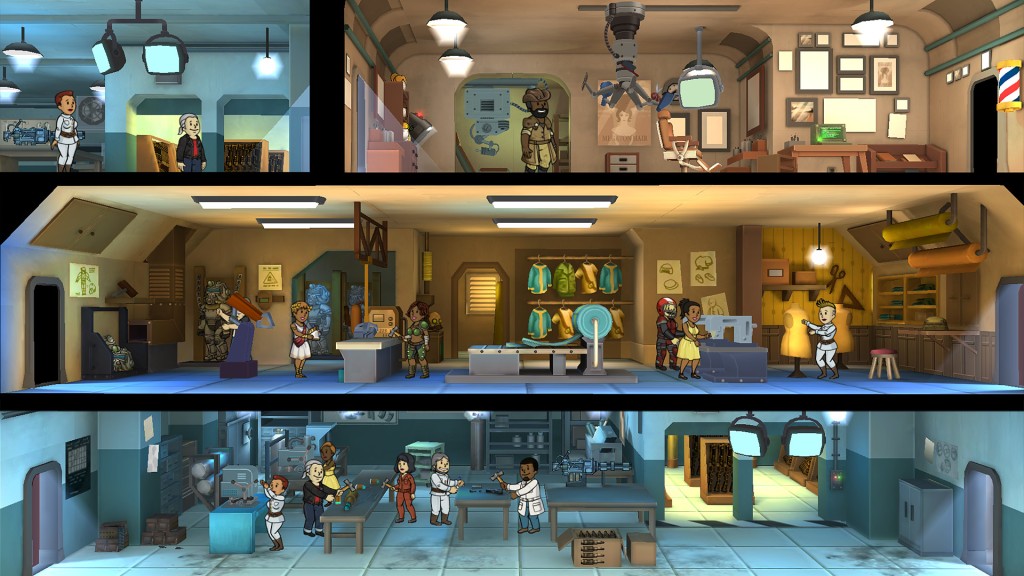During the Cold War era, the threat of nuclear warfare loomed large, and people across the world sought ways to protect themselves from the potential fallout. Fallout shelters became a common feature in many urban areas, offering a sense of security amidst the uncertainty of global politics. Today, these relics of a bygone era hold a certain fascination for urban explorers who venture into their depths to uncover secrets buried beneath layers of history.
Fallout shelters were designed as underground structures that could provide protection against radiation and other dangers associated with nuclear explosions. Constructed during the 1940s through to the 1960s, these shelters often featured reinforced concrete walls and ceilings to shield occupants from radiation exposure. They were equipped with air filtration systems and stocked with supplies such as food, water, medical kits, and even entertainment options like books or board games.
The United States was at the forefront of this shelter-building frenzy during the Cold War. The government sponsored initiatives like “Duck and Cover” drills in schools to prepare citizens for potential nuclear attacks. As a result, thousands of public fallout shelters were constructed throughout cities across America.
One notable example is Greenbrier Resort in West Virginia. Hidden beneath this luxurious hotel lies an enormous secret bunker built by the U.S government during the late 1950s as part of its Continuity of Government program. This top-secret facility was intended to house members of Congress and other high-ranking officials in case Washington D.C came under attack. It remained hidden until its existence was exposed by journalists in 1992.
In addition to public shelters like those found at Greenbrier Resort, many individuals also constructed private fallout shelters on their own properties during this time period. These home-based bunkers varied widely in size and complexity but all shared one purpose: protecting families from potential radioactive fallout.
Urban exploration enthusiasts often seek out abandoned fallout shelters as they offer a unique glimpse into a tumultuous period in history. However, it is important to note that entering these spaces can be dangerous due to decay, structural instability, and potential exposure to hazardous substances.
One example of a famous abandoned fallout shelter is the Burlington Bunker in the UK. This vast underground complex was constructed during the 1950s and was intended to accommodate up to 4,000 government officials in case of a nuclear attack. The bunker remained active until it was decommissioned in 1991 and has since become a popular destination for urban explorers looking to uncover its secrets.
Exploring these shelters allows us to reflect on the paranoia and fear that characterized this era. The visual reminders of gas masks, radiation detection devices, and emergency supplies serve as stark reminders of the constant threat people lived under during those times.
While many fallout shelters have fallen into disrepair or been repurposed over time, some have been preserved as museums or historical sites. For example, Switzerland’s Sonnenberg Tunnel Shelter has been transformed into an exhibition space focused on Cold War history and offers visitors an opportunity to experience what life would have been like inside one of these shelters.
In conclusion, fallout shelters were an integral part of Cold War society—an attempt by governments and individuals alike to protect against the potential horrors of nuclear warfare. Today, they stand as eerie remnants from a time when global tensions reached their peak. Urban exploration enthusiasts who venture into these forgotten spaces bring new life to their stories while reminding us all about our shared history and the importance of striving for peace in our world today.

Leave a comment